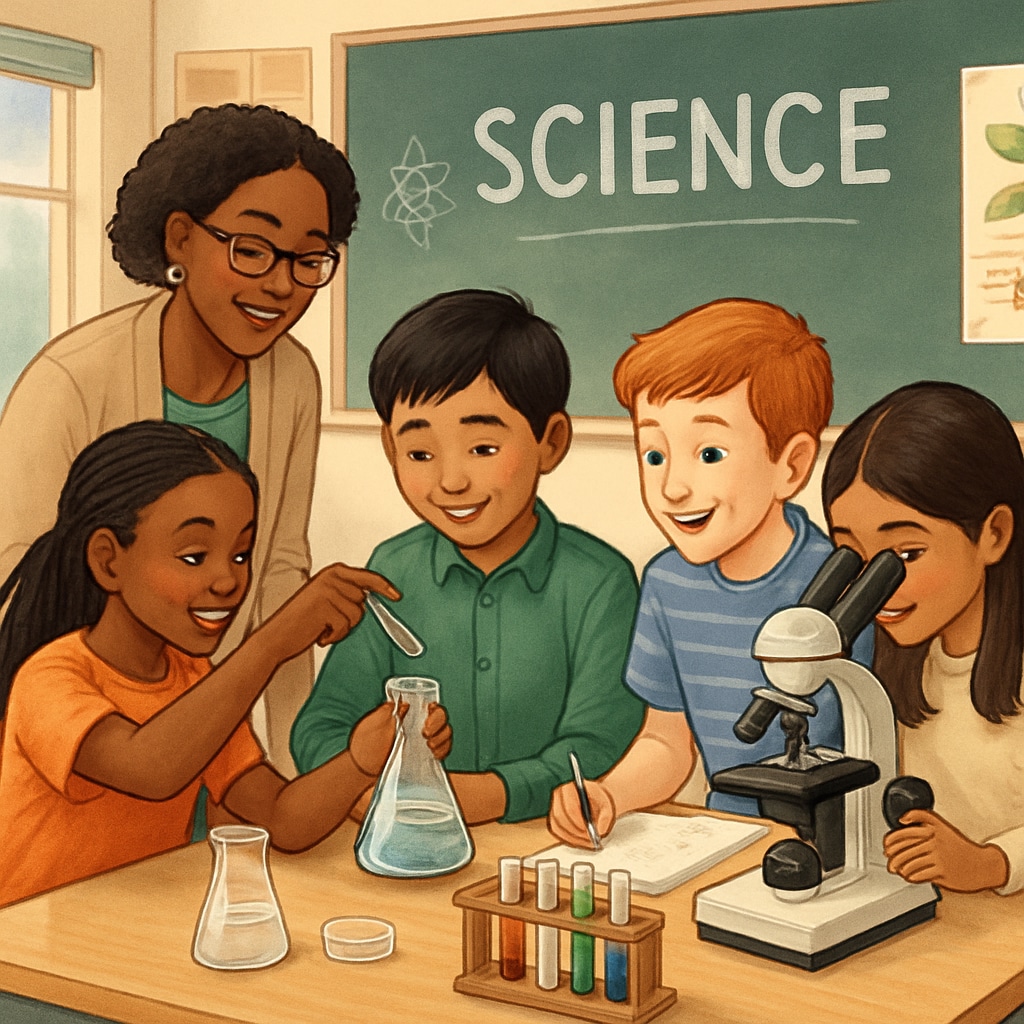Teaching science in classrooms with a high proportion of English learners (ELLs) presents unique challenges and opportunities. Educators must navigate language barriers while fostering academic success and creating inclusive environments. By implementing strategies such as language assessment, cultural sensitivity, and differentiated instruction, teachers can enable ELLs to thrive in science classrooms. This article explores these approaches to help educators overcome challenges and promote equity in multilingual settings.
Understanding the Needs of English Learners in Science Education
English learners often face difficulties in science classrooms due to complex academic vocabulary and abstract concepts. For example, terms like “photosynthesis” or “gravitational pull” may be unfamiliar and require additional linguistic support. Recognizing and addressing these challenges is the first step toward effective teaching. Educators should conduct language assessments to identify students’ proficiency levels and tailor their teaching accordingly.

Differentiated Instruction: A Key to Success
Differentiated instruction involves adapting teaching methods to meet the diverse needs of students. For ELLs, this could include providing visual aids, hands-on experiments, and simplified explanations. For example:
- Use diagrams and charts to explain scientific processes.
- Incorporate group activities where students collaborate to solve problems.
- Offer bilingual resources to bridge language gaps.
These strategies not only make science concepts accessible but also build confidence among English learners.
Fostering Cultural Sensitivity in Science Classrooms
Science education can benefit from acknowledging and integrating the cultural backgrounds of English learners. For instance, discussing traditional ecological knowledge or environmental practices from students’ cultures can enrich classroom discussions. This approach fosters inclusivity and allows students to connect their learning to their lived experiences.
Moreover, creating a classroom environment that respects cultural differences helps reduce anxiety and encourages participation. Teachers can achieve this by using multicultural examples in lessons and celebrating diverse perspectives.

Collaborative Learning and Peer Support
Collaborative learning strategies can significantly benefit English learners. Pairing ELLs with peers who are proficient in English encourages language development and teamwork. Additionally, incorporating technology such as translation tools or science apps can provide further support. For example, Language education on Wikipedia highlights the importance of integrating technology to aid language learning in classrooms.
Another effective strategy is peer tutoring, where advanced students assist ELLs with understanding scientific concepts. This not only builds academic skills but also strengthens interpersonal relationships within the classroom.
Conclusion: Building Inclusive Science Classrooms
Educators teaching science to English learners must adopt innovative strategies to overcome language barriers and create equitable learning environments. By integrating language assessments, differentiated instruction, cultural sensitivity, and collaborative learning, teachers can ensure that all students have the opportunity to succeed in science education. As a result, ELLs will not only grasp scientific concepts but also develop critical thinking and language skills, preparing them for future academic and professional challenges.
Readability guidance: Use short paragraphs for clarity, incorporate visual aids, and ensure consistent use of transitional words to guide readers. Focus on accessibility in language and examples to maintain engagement.


